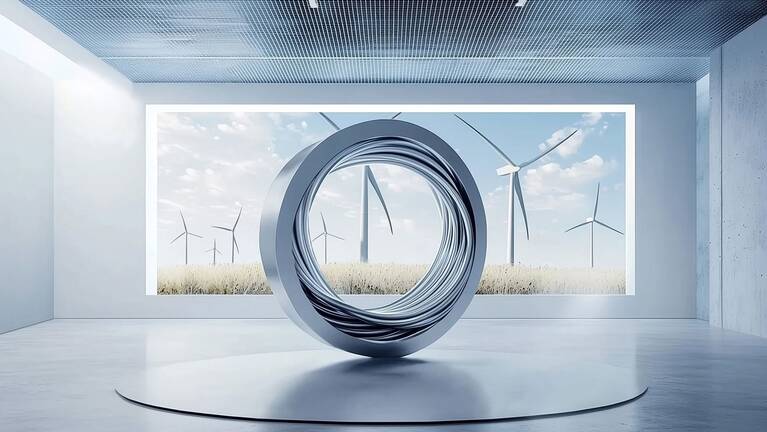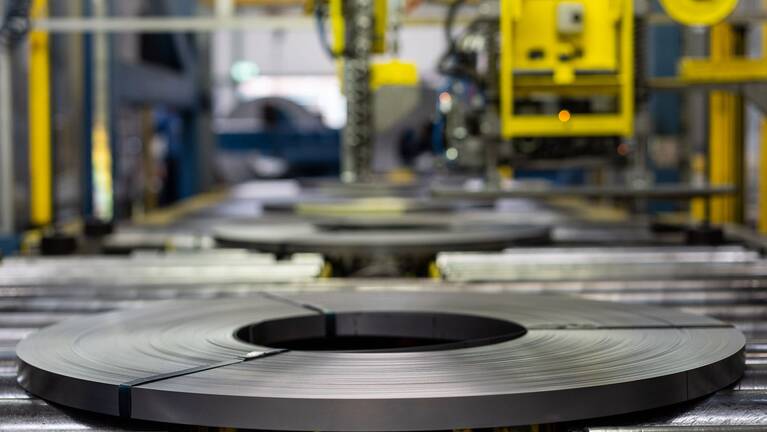A global network of high-performance submarine cables forms the backbone of our digitally interconnected world. The core of these digital lifelines consists of sensitive optical fibers that transmit large amounts of data at top speeds over long distances using optical signals. Waelzholz supplies a special stainless precision steel strip for the manufacture of the heavy-duty tubes used to shield the optical fibers inside these submarine cables. This material not only reliably meets the stringent requirements for precisely defined material properties over numerous delivery batches, but also simultaneously possesses the weldability and forming properties relevant to the complex production process.
Even though satellites are increasingly being used particularly to connect remote regions to the global digital data network, leading digital corporations such as Google and Facebook are pushing ahead to expand the network of submarine cables based on optical fibers that span the globe. This is because only these can reliably transport the immense quantities of data generated by digital communication around the world at high speed. Today, over 400 submarine cables already carry well over 90% of the digital data traffic between the continents, and the figure is rising.
A map of the network on the website www.submarinecablemap.com shows the impressive extent to which these cables connect our world.
In theory, the speed at which data packets from an American website, for example, reach a destination in Europe via one of the transatlantic fiber-optic cables is no faster than via a conventional copper cable. In both cases, the transmission time is less than one hundredth of a second, which is shorter than the time it takes to blink an eye.
Fiberglass cables offer significant advantages in terms of signal quality even over very long distances, while at the same time making much higher frequencies and therefore significantly higher bandwidths possible. In addition, electromagnetic interference has no effect on signal transmission via fiber-optic cables.












